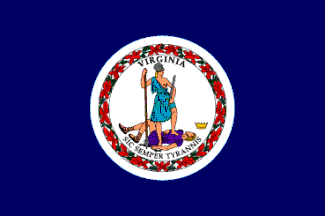A recent (June 10, 2015) article by Liz Coates on the website of the Eastern Daily Press helps to explain the origins of the current coat of arms of Great Yarmouth in England.
One might think that they are simply a variant of the various arms of the Cinque Ports (most of which dimidiate the Royal arms (red with the three lions passant guardant) with ship hulks (on the blue side), but the story here is actually a little more complex than that.
The article, entitled How did Yarmouth get its half-lion half-fish coat of arms?, notes that the arms go back to the Battle of Sluys on June 24, 1340 (675 years ago this month) when Yarmouth supplied King Edward III the majority of the ships used by him in this naval battle. As the article goes on to note:
Afterwards hailing the contribution of men and ships from Yarmouth Edward allowed the town to half its coat of arms of three silver herrings and add his own three lions, elevating its standing and providing an arresting heraldic emblem.
Thus in several ways the battle was a key point in the town's history.
You can find out a little more of the background of the Battle of Sluys as well as some of the ways in which the town is commemorating it this year on the website of the Eastern Daily Press at
http://www.edp24.co.uk/news/how_did_yarmouth_get_its_half_lion_half_fish_coat_of_arms_1_4106429


































